In 2000, just after Edward Yang (楊德昌) became the first ever Taiwanese to win the best director prize at the Cannes Film Festival, “was the first time that Hollywood came knocking, and in a very major way,” recalls Yang’s widow, Peng Kai-li (彭鎧立).
Yang won at Cannes with his magnum opus A One and a Two… (一一), a three-hour almost Faulkner-esque chronicle of an extended Taiwanese family. And with it, Yang was on the cusp of accomplishing an international crossover, an exceptionally rare feat for any auteur of regional cinema.
But when it came to releasing the film in Taiwan, Yang refused. As Yang’s directorial prowess had grown, a gulf had opened up between him and his home public. Though his career had begun at Taiwan Television Co and Taiwan’s Central Motion Picture Corporation (CMPC) in the early 1980s, and though his entire oeuvre was an examination of the quirks of contemporary Taiwanese life, Yang had become disillusioned with his participation in what Taiwanese call guopian (國片, the national cinema).
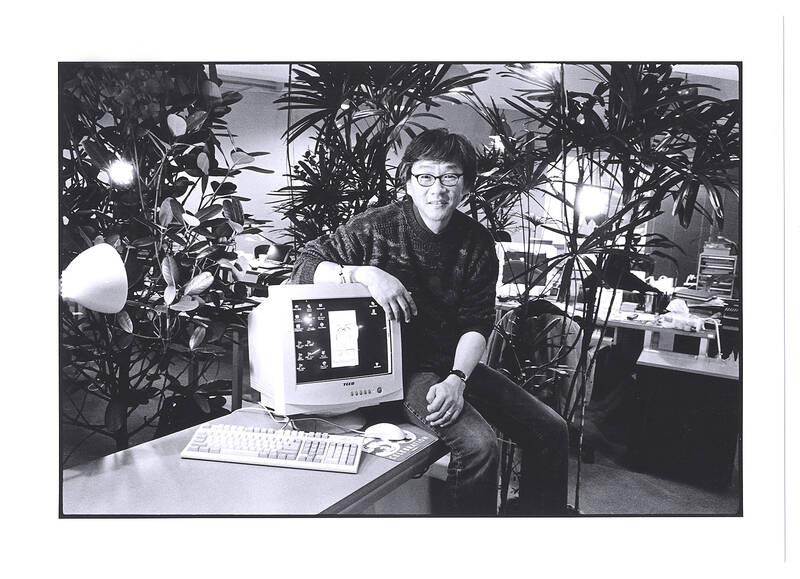
Photo courtesy of Taiwan Film and Audiovisual Institute
After two decades of filmmaking in Taiwan, Yang was receiving only catty critiques and box office apathy at home, while internationally his star was rising with audiences, critics and film investors, especially in Europe and Japan.
“He felt Taiwanese audiences didn’t know how to appreciate his work,” says Wang Jun-jieh (王俊傑), Taipei Fine Arts Museum (TFAM) director and co-curator of a new retrospective on Yang in Taipei.
“So now,” Wang continues, “we feel it’s important to reintroduce him in Taiwan.”

Photo: David Frazier
“A One and A Two: Edward Yang Retrospective,” which opened last Saturday, says it is the most comprehensive review yet of Yang’s work. It includes a film series of 12 programs, comprising all eight of Yang’s feature films as well as television work, unfinished projects and short animations. Screenings will take place at the Taiwan Film and Audiovisual Institute, while an accompanying gallery exhibition will run for three months at TFAM.
The exhibition draws from over 40,000 documents, objects and personal mementos Peng put under the care of TFAI in 2019. The institute has spent more than three years sorting and cataloging the materials in preparation for this exhibition. These include film props, storyboards, notes, letters, publicity posters and personal effects like a display of Yang’s music collection — all Taiwanese pirate records from the 1960s and 1970s, including albums by Elvis and the Platters, which contributed to Yang’s film soundtracks.
“He was really crazy about music,” says Peng. “While we were working on A One and a Two…, he was listening to a lot of Paul Simon, though none of that made it into the film. He used Beethoven’s Moonlight Sonata instead.”
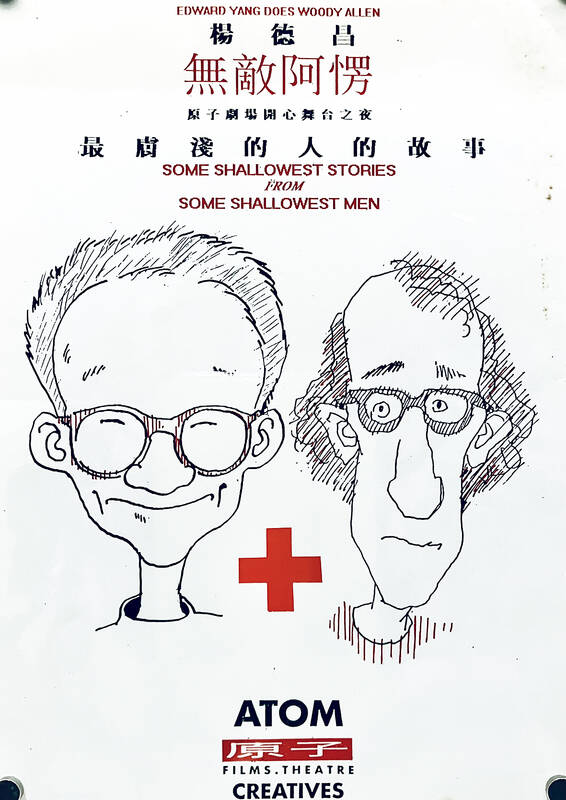
Photo: David Frazier
The exhibition also features recreations of iconic film props, like a Blow-Up-style photo assemblage from his film The Terrorizers (恐怖份子), as well as multimedia installations and video tributes from famed international directors.
Now 16 years after Yang’s death, it seems the prodigal auteur has finally come home.
ENGINEER TO FILMMAKER
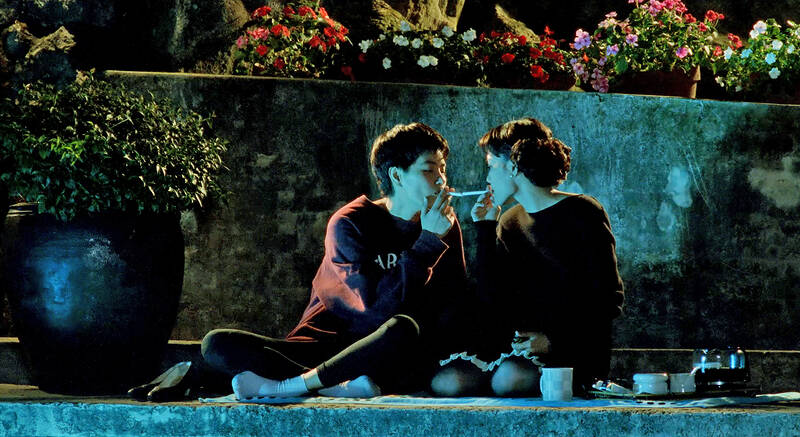
Photo courtesy of Taiwan Film and Audiovisual Institute
Edward Yang was born in 1947 in Shanghai and came to Taiwan in 1949 as part of the great migration of over a million Chinese at the end of the Chinese Civil War. He studied electrical engineering at National Chiao Tung University in Hsinchu, and in 1970, a year after graduating, moved to the US, first to study, then to work as an engineer developing microcomputers. He would stay in the US for more than a decade.
All the while, Yang dreamed of becoming a filmmaker. In 1975 after viewing Werner Herzog’s Aguirre, he finally found the courage to pursue this calling, later noting that Herzog’s “independent perseverance made me deeply believe that a film is done by one man’s power alone.”
The two master directors would many years later become friends. In a video tribute recorded for this exhibition, Herzog returned the compliment, declaring that Yang “looks deeply into his own heart. Everywhere in the world, we can recognize ourselves in his films.”
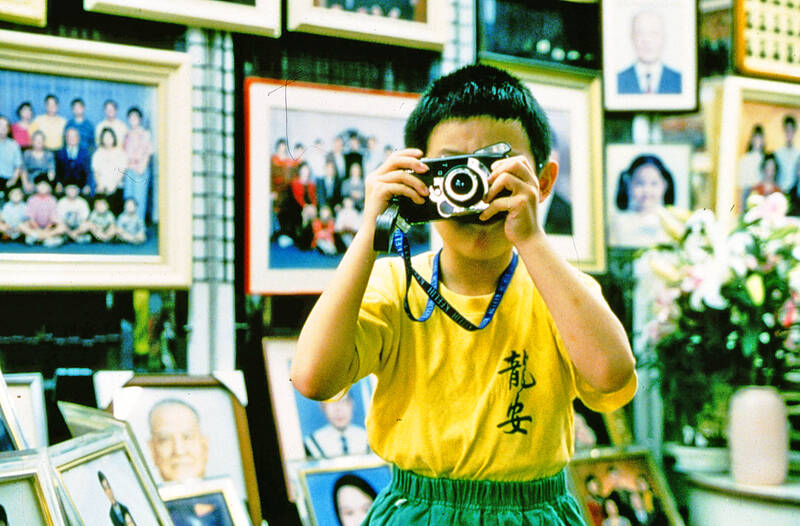
Photo courtesy of iFilm Co Ltd
Yang’s filmmaking career began at the age of 34 upon his return to Taiwan in 1981. His first jobs were in television, then in 1983 he was given the chance by the Central Motion Picture Corporation (CMPC) to helm his first feature, That Day on the Beach. Yang declared in production notes that his goal for the film was “to articulate a marital relationship which has suffered from a rapidly growing economic society…and conflicts between the old moral standards and the new practicality.”
‘NEW TAIWAN CINEMA’
The film helped kick off a trend that would come to be called the “New Taiwan Cinema,” a new-wave movement spearheaded by Yang and another young CMPC director, Hou Hsiao-hsien (侯孝賢). The duo applied a new naturalism to Taiwanese society and history.
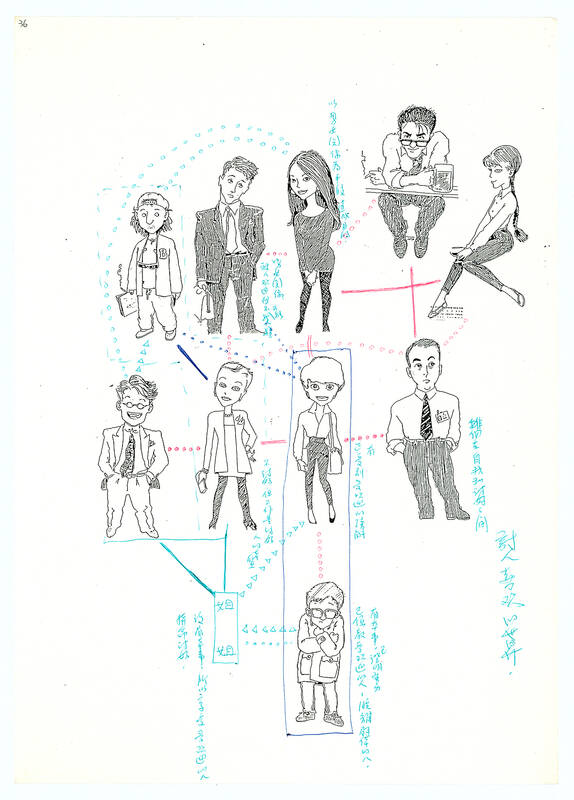
Photo courtesy of Kaili Peng, deposited in Taiwan Film and Audiovisual Institute
Yang’s second film, Taipei Story, starred Hou as the male lead, a family man who enters a spiral of money troubles and petty violence. When the film ran out of budget, Hou mortgaged his home to fund its completion. Upon release, the film, which was told through long, meditative cuts, was a flop at Taiwan’s box office, running for only four days before theaters pulled it.
Yang followed up with two relatively commercial successes, a Taipei-set urban thriller called The Terrorizers (1986), and an epic about 1960s high school street gangs, A Brighter Summer Day (牯嶺街少年殺人事件)(1991), which despite its nearly four-hour run time was a major commercial success.
Taiwan New Cinema was a brief watershed moment for filmmaking in Taiwan, lasting roughly from 1982 to 1987. It arose when, at the beginning of the 1980s, the CMPC’s filmmaking system had fallen into a shambles. The rudderless studio began placing random bets on young directors like Yang and Hou. Though these directors produced only occasional box office hits, they also brought a first for Taiwan, critical recognition at overseas film festivals.

Photo: David Frazier
CRITICAL RECOGNITION
Yang’s first major international award was a Silver Leopard at the 1986 Locarno Film Festival for The Terrorizers, which American cultural theorist Frederic Jameson would describe as a “post-contemporary allegory” and “powerful expression” of life under the “recent experience of capitalism.”
Jameson, one of the key theorists of post-modernism, was so struck with the film that he devoted an entire 45-page chapter about The Terrorizers in his 1992 book, The Geopolitical Aesthetic: Cinema and Space in the World System. The essay catapulted Yang into the global realm of critical discussion.
In Taiwan, however, The Terrorizers received a very different reception. The film was critiqued as selling out to a western style and aesthetics.
“Perhaps what is objected to in Edward Yang’s film,” Jameson observed, “is not so much its failure to be Chinese or Taiwanese so much as the relative absence from it of any ostensible worry about the nature of Taiwanese identity.”
Yet Jameson believed the film was to be lauded for achieving “a kind of globality” in its portrayal of urbanization and “the toll it takes on psychic subjects.”
Throughout the 1990s, though Yang had become a regular at Europe’s major film festivals, his filmmaking mainly continued through his Herzog-like strength of will. A One and a Two…, he would later say, “was made without any industry support whatsoever.”
The film’s success, both critically and in theaters around the world, signaled a new stage in his career. But only months after winning Best Director at Cannes, Yang was diagnosed with colon cancer.
“It was as if the best thing and the worst thing had come at the same time,” says Peng.
At this time, Yang and Peng had already been spending several months a year in Los Angeles. With the diagnosis, they moved to LA full time, where Yang received care at Cedars-Sinai Hospital.
“We wanted to avoid all the media attention in Taiwan,” says Peng, adding, “We wanted to keep everything very private.”
The couple also established a company, Miluku Entertainment and Technology, to produce animations he hoped would be more palatable to Taiwanese audiences.
Then after a seven-year fight with cancer, Yang died at his home in Beverly Hills at the age of 60.
NEW INTERPRETATIONS
A retrospective for a filmmaker in an art museum is, to be sure, non-traditional. It is also indicative of a shift in direction at TFAM under its current director, Wang Jun-jieh, an installation artist who is the first ever hands-on curator in the institution’s history. (Wang is a co-curator of Yang’s retrospective. Previous directors were credited at best as “supervising curator.”)
Wang’s new focus for the museum is highly interdisciplinary and driven by ideas of cultural identity, history and archives. The first major exhibition in this new vein was last December’s “The Wild Eighties: Dawn of a Transdisciplinary Taiwan,” while an exhibition on the history of Taiwanese architecture will follow next year.
“A traditional art exhibition begins with the artworks,” Wang says. “But for this series, the starting point is research.”
Like “Wild Eighties,” Yang’s retrospective at TFAM is very document heavy, yet I also found it extremely heartfelt and unexpectedly moving. Last Friday’s opening attracted a constellation of scholars and critics from Taiwan, Japan and the West who came to pay homage.
Alongside Yang’s own films, TFAI will also screen Yang’s “top 10 favorite films,” a list compiled from a 1995 interview he gave to the French magazine Positif. These range over arthouse auteurs from the 1960s to the 1980s –– including Werner Herzog, Alain Resnais, Fredirico Fellini, Stanley Kubrik and David Lynch –– and offer clues to Yang’s eclectic styles.
One may perhaps imagine that Confucian Confusion (獨立時代)(1994), a spoof on the discreet charms of Taipei’s bourgeoisie –– it was reviewed in Variety as “a dense, talky, often blackly comic brain-tickler” –– fell somewhere between Woody Allen and Luis Buneul. The Terrorizers, a psychodrama of jagged camera angles and schismatic edits, meanwhile seemed to bear the imprint of David Lynch. Though these borrowings sometimes made Taiwanese film critics uncomfortable, Yang was never content to simply produce films for a Taiwanese echo chamber.
“In recent years, Edward has had retrospectives almost every year in the West,” says Peng, who has become the caretaker of Yang’s legacy, “but this is the first time to do this in Taiwan. With this exhibition, we hope to provide a re-evaluation of his work here at home. By letting people better understand his creative process, we hope that Taiwan can get to know him all over again.”

April 14 to April 20 In March 1947, Sising Katadrepan urged the government to drop the “high mountain people” (高山族) designation for Indigenous Taiwanese and refer to them as “Taiwan people” (台灣族). He considered the term derogatory, arguing that it made them sound like animals. The Taiwan Provincial Government agreed to stop using the term, stating that Indigenous Taiwanese suffered all sorts of discrimination and oppression under the Japanese and were forced to live in the mountains as outsiders to society. Now, under the new regime, they would be seen as equals, thus they should be henceforth

Last week, the the National Immigration Agency (NIA) told the legislature that more than 10,000 naturalized Taiwanese citizens from the People’s Republic of China (PRC) risked having their citizenship revoked if they failed to provide proof that they had renounced their Chinese household registration within the next three months. Renunciation is required under the Act Governing Relations Between the People of the Taiwan Area and the Mainland Area (臺灣地區與大陸地區人民關係條例), as amended in 2004, though it was only a legal requirement after 2000. Prior to that, it had been only an administrative requirement since the Nationality Act (國籍法) was established in

Three big changes have transformed the landscape of Taiwan’s local patronage factions: Increasing Democratic Progressive Party (DPP) involvement, rising new factions and the Chinese Nationalist Party’s (KMT) significantly weakened control. GREEN FACTIONS It is said that “south of the Zhuoshui River (濁水溪), there is no blue-green divide,” meaning that from Yunlin County south there is no difference between KMT and DPP politicians. This is not always true, but there is more than a grain of truth to it. Traditionally, DPP factions are viewed as national entities, with their primary function to secure plum positions in the party and government. This is not unusual
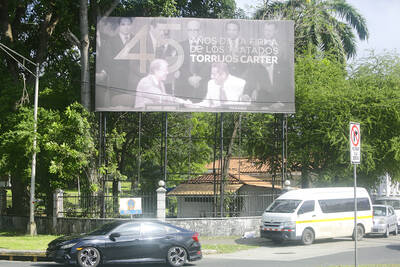
US President Donald Trump’s bid to take back control of the Panama Canal has put his counterpart Jose Raul Mulino in a difficult position and revived fears in the Central American country that US military bases will return. After Trump vowed to reclaim the interoceanic waterway from Chinese influence, US Defense Secretary Pete Hegseth signed an agreement with the Mulino administration last week for the US to deploy troops in areas adjacent to the canal. For more than two decades, after handing over control of the strategically vital waterway to Panama in 1999 and dismantling the bases that protected it, Washington has